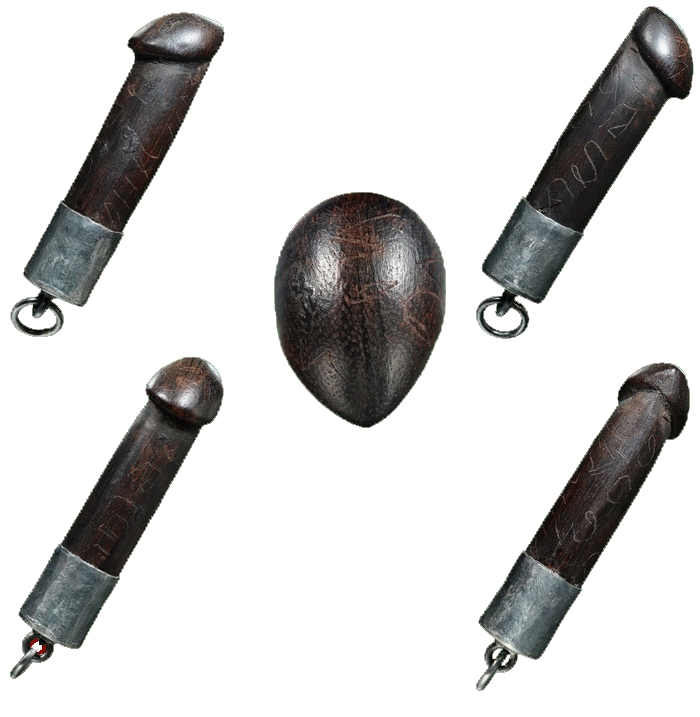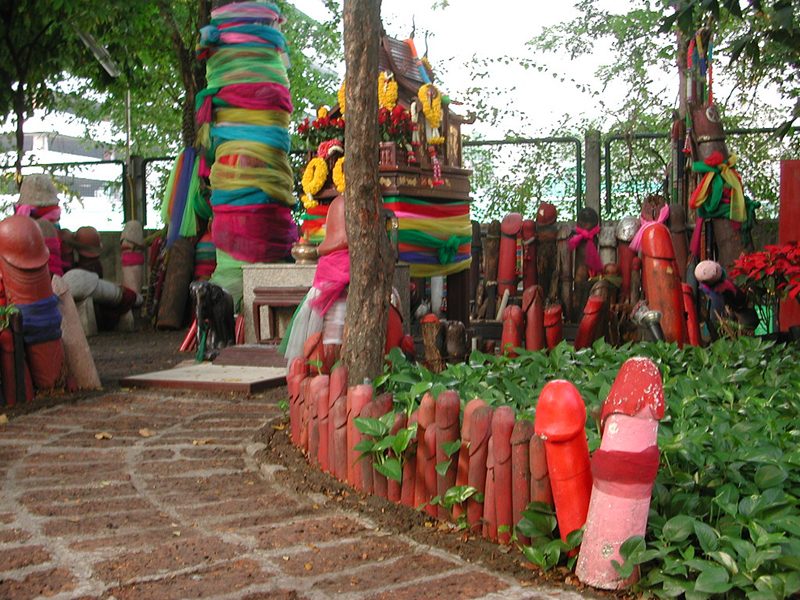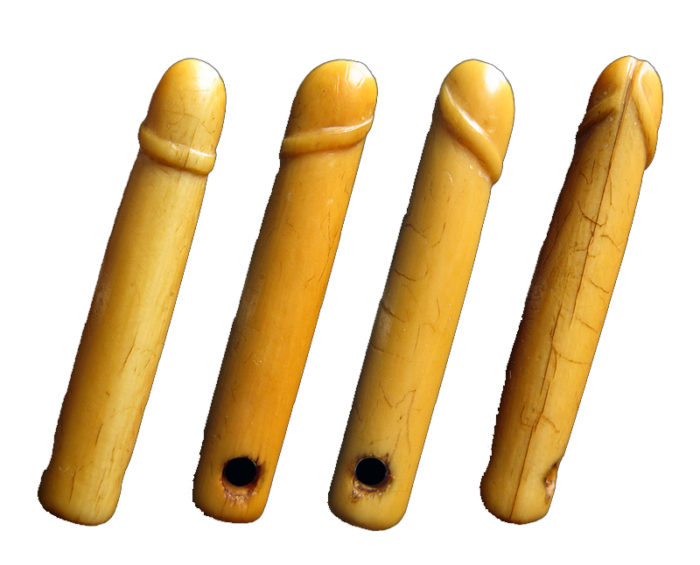The Palad Khik Amulet: The Controversial Journey of an Ancient Tradition
The Palad Khik amulet, with its rich history and mystical properties, has long been a cherished part of Thai culture. However, the amulet’s journey has not been without controversy. In this blog post, we will explore the origin of the Palad Khik amulet, its rise in Thai Buddhist tradition, and the ongoing debate surrounding its public visibility and acceptance.
Ancient Origins and Cultural Significance
The origins of the Palad Khik amulet can be traced back to ancient animist beliefs that predate the introduction of Buddhism in Thailand. These beliefs centered around the worship of fertility deities and spirits associated with fertility, protection, and prosperity. The phallic shape of the amulet symbolized these concepts and was believed to bring blessings to its wearer.
Integration into Thai Buddhist Tradition
As Buddhism began to spread and establish itself in Thailand, it absorbed and assimilated local beliefs and practices. The Palad Khik amulet, with its existing cultural significance, found a place within the Buddhist framework. It became intertwined with Buddhist beliefs and rituals, maintaining its symbolism of fertility, protection, and prosperity.

Government Intervention and Cultural Shifts
Changes in Cultural Landscape
Over time, Thailand experienced significant social and cultural changes. Modernization, urbanization, and the influence of global cultures brought about shifts in traditional beliefs and practices. Some aspects of ancient animist traditions, including the Palad Khik amulet, faced scrutiny and disapproval from certain segments of society.
Government Intervention
The Thai government, in an attempt to promote a more standardized form of Buddhism and distance itself from what it perceived as superstitious beliefs, implemented measures to regulate and control religious artifacts. This included efforts to remove certain amulets, including the Palad Khik, from public view and restrict their sale and distribution.
Controversy and Public Perception
Clash of Beliefs
The government’s actions sparked controversy and debate among those of the Thai population who were aware of the initiative to eliminate the prominent presence of large phallic shapes in public. Traditionalists argued for the preservation of ancient beliefs and practices, emphasizing the cultural and historical significance of the Palad Khik amulet. Others supported the government’s stance, viewing the amulet as superstitious and incompatible with a modern Buddhist society.

Continuity and Popular Belief
In an era dominated by technology, the Palad Khik amulet continues to maintain its widespread belief and popularity among Thai people of all provinces. Its significance transcends cultural boundaries and is deeply ingrained in Thai history, tradition, and spirituality. Observing the daily lives of Thai individuals, one can often spot someone wearing a Palad Khik amulet as a testament to their faith and reverence.The practice of wearing Palad Khik amulets is not viewed as contradictory to Buddhism; instead, it represents the integration of pre-Buddhist beliefs and traditions into Thai Theravada Buddhist practices. Buddhism itself shares common concepts and influences with Hinduism, further reinforcing the compatibility between these belief systems.
Cultural Identity and Freedom of Belief
The controversy surrounding the Palad Khik amulet raises questions about cultural identity and freedom of belief. Supporters of the amulet argue that it represents an important aspect of Thai heritage and should be respected as a valid expression of religious and cultural beliefs. Critics, on the other hand, highlight the need for a modern and rational approach to Buddhism that aligns with contemporary values.

The Palad Khik amulet embodies a complex and multifaceted history within Thai culture and Buddhist tradition. Its origins in ancient animist beliefs, integration into Buddhist practices, and the subsequent government intervention have created a divisive and ongoing debate. The controversy surrounding the amulet reflects broader discussions about cultural preservation, religious freedom, and the evolving nature of Thai society.

I hope it is clear to readers, that this blog post provides an overview of the controversies and debates surrounding the Palad Khik amulet but that I myself (Ajarn Spencer Littlewood), do not take a definitive stance on the matter, except to say that there should be nothing embarrassing about mother nature’s creations, and that the Phallic and Female Vilva have played a role in Human religious and Ritual practices and beliefs since pre-history. The future of the Palad Khik amulet and its place within Thai Buddhist tradition will of course continue to be as popular with common folk as it always has been, but that how visible it becomes in public places in the future, is a topic shaped by ongoing discussions, societal changes, and the evolving attitudes towards cultural heritage and religious practices.
